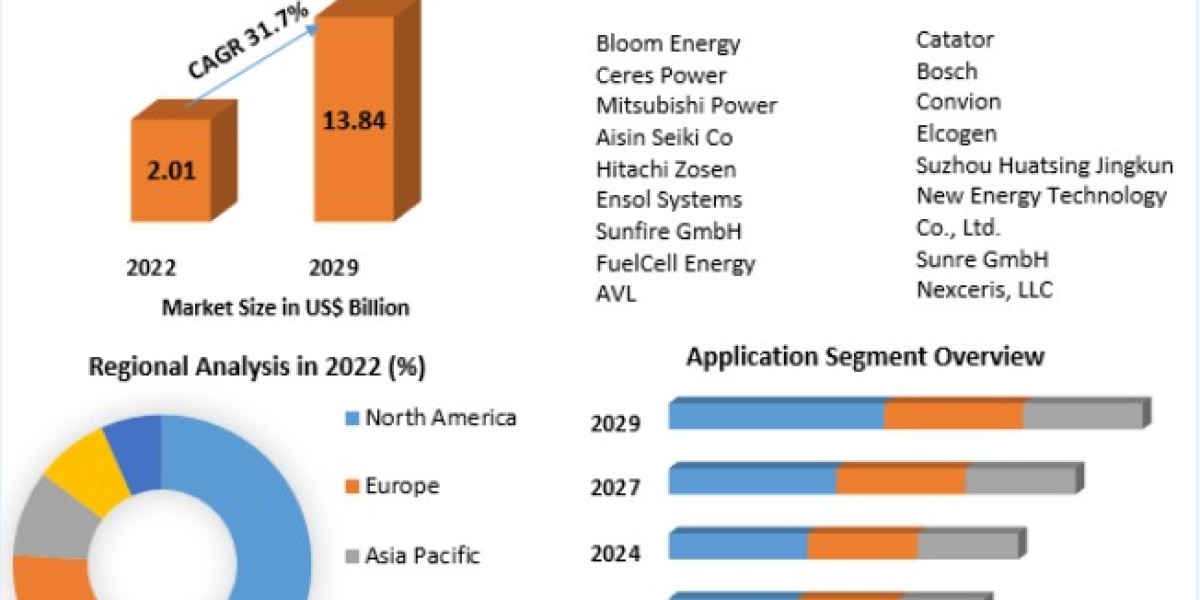In the intricate world of hardware development, transforming a conceptual idea into a tangible product is a journey filled with critical decisions. Among these decisions, the choice between developing a Minimum Viable Product (MVP) and a Prototype stands paramount. This choice can significantly influence the path of your project, affecting everything from design validation to market entry. In this article, we delve into the nuances of MVPs and prototypes, offering insights to help hardware developers and entrepreneurs make informed decisions.
Understanding the Basics
Before we dive into the intricacies of choosing between an MVP and a prototype in the USA, let's clarify what each term means in the context of hardware development services.
What is a Prototype?
A prototype is an early sample, model, or release of a product built to test a concept or process. It is a tool for realizing a design idea and understanding its feasibility. Prototypes are often used for:
- Testing and refining the functionality of a design
- Identifying potential manufacturing issues
- Gathering feedback from users or stakeholders to improve the design
What is an MVP?
A Minimum Viable Product, on the other hand, is a version of a product with just enough features to attract early adopters and validate a product idea early in the development cycle. In hardware development, an MVP:
- Focuses on the core functionality that solves the primary problem for your target market
- Aims to achieve market validation and gather insights on customer needs
- Is often used to demonstrate the viability of a product to potential investors
Choosing Between MVP and Prototype
The debate between MVP vs prototype hinge on your project's goals, stage, and resources. Here’s a nuanced look at factors to consider:
- Purpose and Stage of Development
Prototype: If you're in the early stages of development, focusing on testing the feasibility of your idea or exploring how your hardware functions, a prototype is the way to go. It allows for flexibility in testing different aspects of your design without the pressure of market viability.
MVP: Choose an MVP if your primary goal is to enter the market quickly and validate your business model. An MVP is suitable when you have a clear understanding of your target customer's problem and need to test your solution's market fit.
- Feedback and Iteration
Prototype: Prototyping is ideal for internal feedback and iteration. It allows your development team to identify and fix design flaws or to improve functionality before thinking about market engagement.
MVP: An MVP is designed for external feedback—from your market and early adopters. It’s about learning how real customers interact with your product, what they value, and what could be improved or omitted.
- Funding and Investment
Prototype: Developing a prototype can be a strategic step to secure funding or investment. A well-designed prototype demonstrates your commitment and the potential of your idea, making it easier to attract investors or stakeholders.
MVP: Launching an MVP can also be a powerful tool for securing investment, especially if it successfully enters the market and begins to generate revenue. Demonstrating early customer interest and sales can be compelling evidence of your product's viability.
- Time and Resources
Prototype: Prototyping can be time-consuming and resource-intensive, depending on the complexity of your product. However, investing in a thorough prototype can save time and resources in the long run by identifying issues early in the development process.
MVP: Developing an MVP requires a strategic focus on core functionalities, which can reduce development time and costs. However, it also requires a well-defined target market and a clear understanding of customer needs.
Best Practices for Decision Making
- Assess Your Goals: Clearly define what you aim to achieve in this phase of your project. Whether it's testing functionality, exploring design options, or validating market demand, let your objective guide your choice.
- Understand Your Market: Deep knowledge of your target market is crucial, especially if leaning towards developing an MVP. Knowing your customer's needs and pain points can inform which features are essential.
- Evaluate Your Resources: Consider your available resources, including time, budget, and expertise. An MVP might require less in terms of initial product features but more in terms of market analysis and customer research.
- Iterate and Evolve: Whether you choose to develop a prototype or an MVP, embrace the iterative nature of product development. Use feedback to refine your product, and be prepared to pivot based on what you learn.
Conclusion
The decision between creating a prototype or an MVP in hardware development is not to be taken lightly. It involves a strategic evaluation of your project's goals, stage, target market, and available resources. Whether you start with a prototype to refine your product's functionality or an MVP to test market viability, remember that both approaches are not mutually exclusive but rather complementary phases in the journey of bringing a new hardware product to life.
In navigating this decision, align your choice with your immediate objectives while keeping an eye on the ultimate goal: creating a successful, market-ready product that meets the needs of your customers. With a thoughtful approach to this critical decision, you can set the foundation for a development process that is efficient, effective, and aligned with your vision for success.



